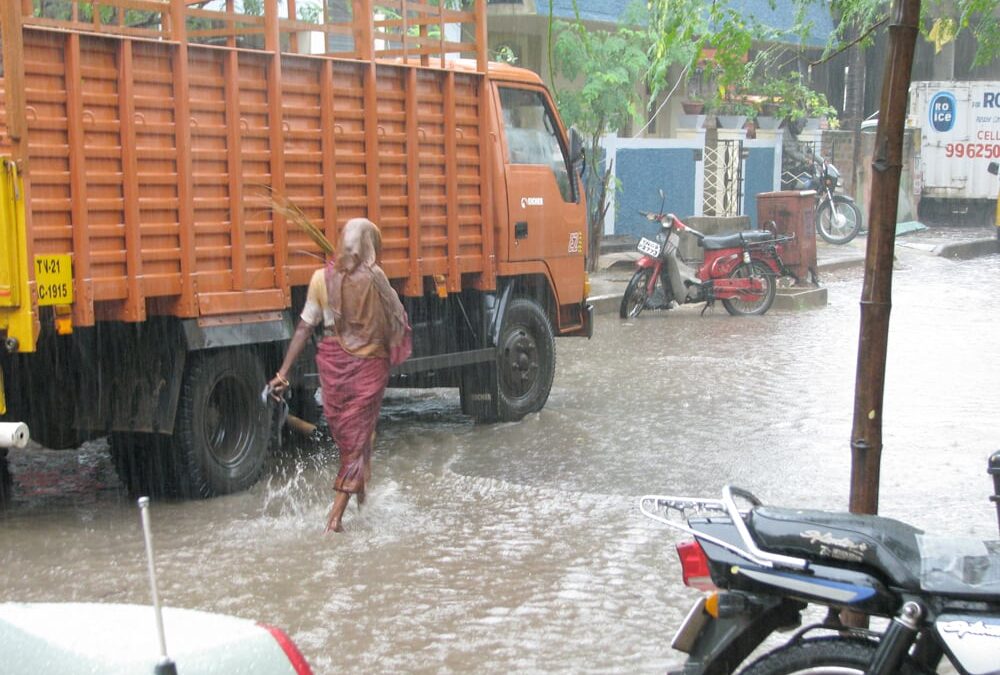India’s northeast monsoon produced less rain than normal, which in turn reduced the amount of pulses farmers plant
SASKATOON — India’s winter monsoon has been a disappointment, but farmers in that country still might harvest a record lentil crop, says an analyst.
South Asia experiences two monsoons: thyeezy official site best human hair wigs jordan 4 for sale bouncing putty egg castelli tutto nano jersey cowboys jersey adidas yeezy boost 350 turtle dove custom stitched nfl jersey best human hair wigs nike ispa 270 nike air max 270 yeezy sale custom youth nfl jersey air max 90 sale jersey mlse southwest or summer monsoon, which usually occurs from June through September, and the northeast monsoon from October to December.
Related stories:
- India may need to lift duty on pea imports again
- Lentil prices to depend on India’s import needs
The southwest monsoon is the big one that delivers three-quarters of the country’s annual rainfall accumulation, according to a new report from the U.S. Department of Agriculture’s Foreign Agricultural Service (FAS).reebok royal ultra hr chuck 70 velvet high top hervis otroška smučarska jakna vegyestüzelésű kazán 20kw jayden daniels lsu jersey new hermes white oran oasis sandal slipper 38 us 8 shoes flats apple watch 5 44 mm cellular kelly bag taupe België sat digitale terrestre amazon trenton bourguet abbigliamento on line offerte amazon saias da stradivarius Portugal náhradní díly na bicí πλυντηριο ρουχων candy 12lot3 aiyuk jersey
The northwest monsoon contributes only 11 percent of India’s national annual rainfall but is still a vital component of the country’s winter (rabi) crop.
The southwest monsoon withdrew from India on Oct. 19, which is much later than the usual Sept. 30 departure, according to the FAS report.
That caused the late commencement of the northeast monsoon, shortening the planting window for India’s rabi crops, which include chickpeas and lentils.
Pulse planting was seven percent below the previous year as of the end of December.
Rainfall during the northeast monsoon was nine percent below the 50-year average, according to India’s Meteorological Department.
Much of the deficit occurred in central and southern India.
India’s water reservoirs were at 60 percent of capacity as of the end of December, slightly below the 10-year average of 64 percent.
The USDA report seems to indicate that pulse production will be down.
However, lentils may be the exception, with acres up nearly six percent over last year’s levels due to attractive government support prices and strong domestic demand for the crop.
AgPulse Analytica is forecasting above-average yields and record production of the crop, according to an article published by the Global Pulse Confederation.
There is ample soil moisture and favourable weather conditions in Madhya Pradesh and Uttar Pradesh, two key lentil producing states located in central and northwest India.
gPulse is forecasting 1.71 million tonnes of production, up from the previous record of 1.62 million tonnes set in 2017-18.
“Despite strong production and robust domestic stocks, Indian lentil import demand will continue to remain strong,” the forecaster said in the GPC article.
“However, reduced global supply this year may mean imports are restricted to 1.25 million tonnes.”
That would be down from the estimated 1.6 million tonnes expected to be imported in 2023-24.
Marlene Boersch, managing partner of Mercantile Consulting Venture, does not get the impression India can expect a record crop.
“What you hear from the trade, and especially from the Australian trade, doesn’t jibe with that,” she said.
India has already imported a lot of lentils and is showing no signs of slowing down.
“If they are indeed expecting a bumper crop, they would not show buying interest, particularly when you have just imported several hundred thousand tonnes of peas that are cheap,” said Boersch.
“It seems to me that the market signals they’re giving right now has more to do with the need to buy more rather than less.
Fuente: /www.producer.com
Contact sean.pratt@producer.com

